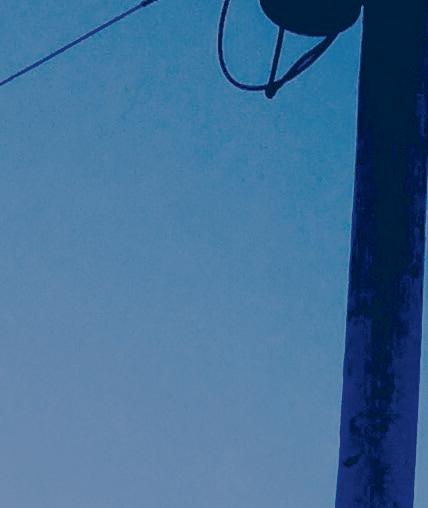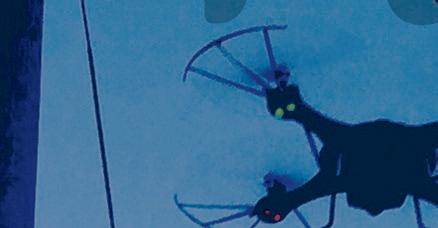
2 minute read
Staying one step ahead of Mother Nature
Mother Nature tends to have a mind of her own. Utility power lines are constantly at risk from severe storms, particularly fallen and overgrown tree limbs, which can lead to power outages. It’s estimated that 50% of outages can be attributed to overgrown vegetation, which is why electric co-ops regularly trim and maintain their local systems.
This tried-and-true method requires a significant amount of on-the-ground labor, including manual data collection, in which dozens of workers assess the vegetation that needs to be cleared while walking below the infrastructure.
These techniques have been effective for decades, but in the era of extreme weather events and accelerating digitalization, electric co-ops are turning to innovative vegetation management methods to improve power reliability.
By utilizing technology, co-ops may dispatch crews to perform trimming at the ideal moment and location, preventing additional outages while enhancing productivity, cutting costs, and providing better service. Timely monitoring and maintenance are necessary to identify assets that are prone to sustain damage or catch fire, so co-ops are tasked with selecting the right technology to make ensure a consistent supply of energy while managing the environment. Today, several cutting-edge vegetation management tools offer specific advantages.
LiDAR, which stands for “light detection and ranging,” gives exact, three-dimensional data about the shape of the surface around utility poles and equipment. LiDAR is a popular way to scan portions of forests to determine the height of trees and acquire additional information, like whether a tree has leaves. LiDAR can be paired with high-resolution multispectral satellite imagery to obtain accurate information about the health of the plants surrounding power lines.
Satellites provide constant coverage, updating in real time, and can supply two kinds of images: a wide macro view of the area near utility structures and a more detailed micro view. With satellite technology, co-ops can learn a lot about local vegetation, including:

• Health: This knowledge makes it possible to predict vegetation growth based on real conditions rather than guesses.



• Dryness: This information is valuable for determining the likelihood of a wildfire — and how to protect wildlife around utility infrastructure.

Today, satellite images can have a spatial resolution as small as 1.6 feet, which makes it easy to spot vegetation growing in the right-of-way near power lines and utility equipment. Satellites can speed up the process of inspecting power lines by giving the utility key information to make data-driven decisions about vegetation management. Drones and helicopters are effective but can take longer to fly along a network of power lines.
Electric co-ops also use fixed-wing aircraft and drones to keep an eye on, and control, the growth of trees and plants near power lines. Drones fly very close to electric infrastructure, taking the clearest images and providing data on the proximity of vegetation to equipment and the health of trees.
When it comes to taking care of surrounding vegetation, drones with cameras are often used for detailed surveys. Once LiDAR or satellites (often together) have collected data on a large amount of vegetation near power lines, drones are used to inspect smaller areas without putting operators in danger.


Electric co-ops place a high value on vegetation management, the most crucial tool for reducing the likelihood of power outages. A thorough understanding of the vegetation’s past, present, and projected future is essential for a successful approach to reducing these risks.
The development of LiDAR, drone, and satellite technology has enabled continuous data-driven vegetation management intelligence and increased the power system’s dependability and safety. In the end, all three technologies for managing vegetation serve different purposes, and electric co-ops choose the ones that work best for them.

Buckeye Rural Electric Cooperative Local Pages









